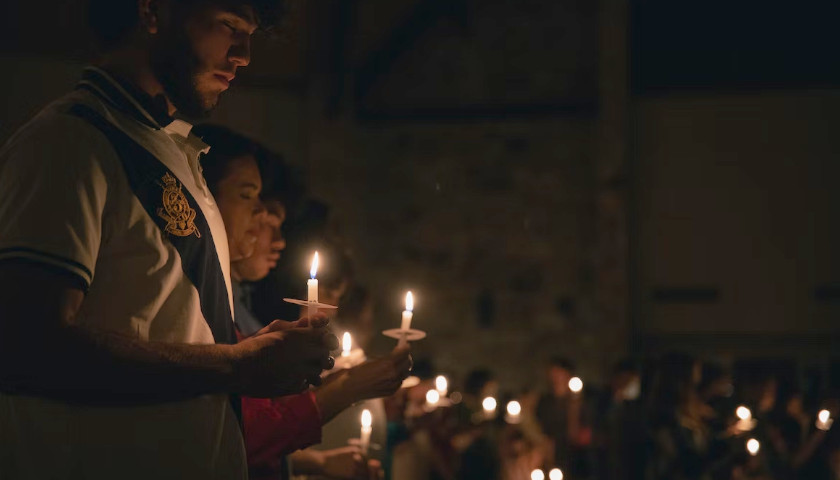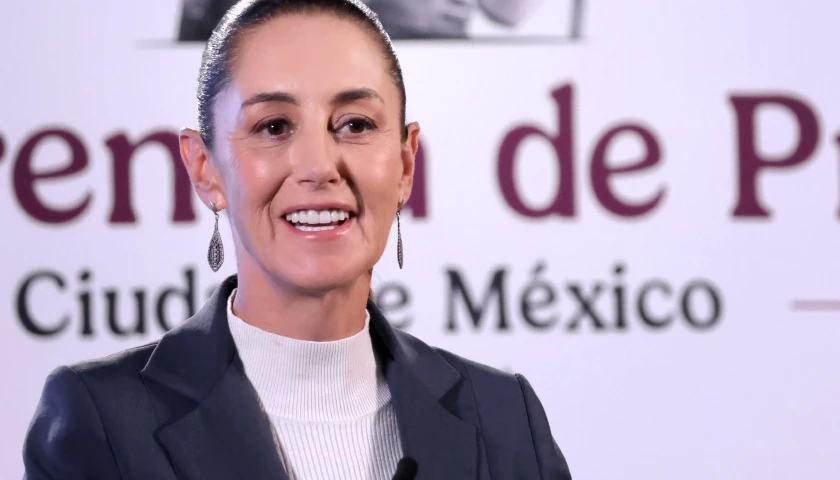by Victor Davis Hanson
Almost immediately, three media narratives emerged.
One, semiautomatic weapons, not the killer Audrey Hale, were mostly responsible for the massacre.
Two, the shooter’s transgender identity profile played no role in the killing whatsoever.
Three, the public had no need to know of the contents of the shooter’s “manifesto.”
Why?
The media and authorities apparently assumed Hale’s written rantings tried to justify the murders because of Christianity’s supposed disapproval of transgenderism.
That censored reaction to the Tennessee shooting was quite different from another mass murder committed nearly six weeks later in Allen, Texas by a former security guard Mauricio Garcia.
Within minutes of the identification of the shooter, the media blared that Garcia wore pro-Nazi insignia and was thus a “white supremacist.”
Apparently that narrative was deemed useful to promote the idea of white supremacist terrorists using their semiautomatic “assault” weapons to kill for right-wing agendas.
Yet second-generation Hispanic immigrants, whose parents do not speak English, are not likely “white supremacists.”
The strained effort to make violent “people of color” into white right-wing killers is reminiscent of Trayvon Martin’s death in 2012.
Then the media reinvented the shooter, half-Peruvian George Zimmerman, into a “white Hispanic.” He was transformed into a right-wing vigilante and racist who supposedly hunted down an innocent black teenager.
The media did not wish to portray Martin’s death as a fight between an Hispanic and black teen. Instead, it tried to refashion the shooting as “systemic racism”—to the point of doctoring the 911 tape and photoshopping Zimmerman’s police photo to fit its false narratives.
Recently, an African American man named Deion Patterson lethally shot one and wounded four others in an Atlanta medical waiting room. His own politics, race, and type of weapon were apparently of little interest. So he was simply described as suffering from mental illness.
The media also did not wish to sensationalize either the profile or circumstances of another contemporaneous mass shooter Francisco Oropeza. He executed five of his neighbors, including a young boy and two women.
Only later did we learn that Oropeza was in fact an illegal alien who had been deported four times previously and returned each time through an open border.
Most recently, outrage grew over the homicide of Jordan Neely, a homeless man who frequented the subway and often threatened and occasionally attacked bystanders.
When a would-be good Samaritan and ex-Marine determined Neely’s latest threats to passengers were serious, he subdued him with a choke hold. Tragically Neely died while being restrained.
A media circus followed. Neely was black. The former Marine who held him down was white. So activists and the media immediately cited the death as yet more proof of systemic racism.
The public was lectured that Neely was a talented impersonator, who did professional street imitations of Michael Jackson.
The violent death of his mother, we were told, had traumatized him.
Released subway videos showed him on the floor of the subway, thrashing about while the white Marine held him in a headlock.
Protests and demands for a murder indictment followed.
Then later the inevitable skipped details trickled out, despite, not because of, media coverage.
Neely had been arrested 42 times, including for lewd conduct, with three convictions for violent assaults.
His forte was brutally punching random victims in the face, including a 67-year old woman, and a 68-year-old Hispanic male.
The news stories also neglected to mention that a black passenger helped subdue Neely.
The public learned there might be other, as yet unreleased, videos of Neely earlier threatening commuters.
Death is traumatic enough, without searching for ways to gain political traction from it.
It is eerie how each tragedy prompts a desperate effort to spin narratives of a racist America, where only right-wing killers and vigilantes prey on marginalized people of color and the transgendered.
Once these fables become “facts,” then the media runs with their fables.
– – –
Victor Davis Hanson is a distinguished fellow of the Center for American Greatness and the Martin and Illie Anderson Senior Fellow at Stanford University’s Hoover Institution. He is an American military historian, columnist, a former classics professor, and scholar of ancient warfare. He has been a visiting professor at Hillsdale College since 2004. Hanson was awarded the National Humanities Medal in 2007 by President George W. Bush. Hanson is also a farmer (growing raisin grapes on a family farm in Selma, California) and a critic of social trends related to farming and agrarianism. He is the author most recently of The Second World Wars: How the First Global Conflict Was Fought and Won, The Case for Trump and the recently released The Dying Citizen.








